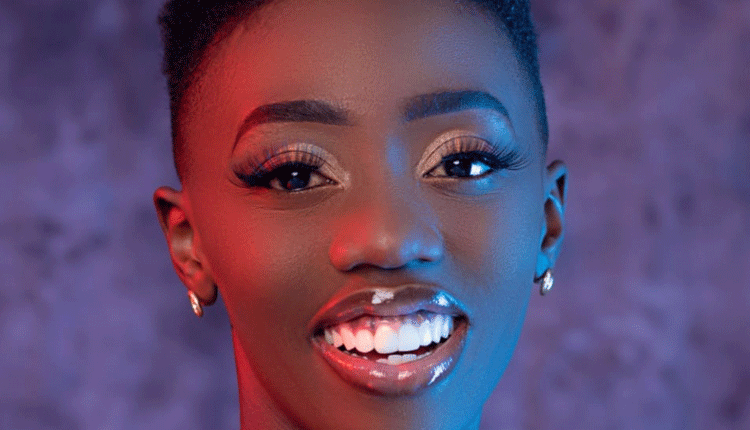In pursuit of the perfect smile
By Nailantei Norari, October 5, 2021Africans and Kenyans in particular have always considered dental health a secondary expenditure.
This means that one does not see a dentist unless they are in pain.
Even then, the common remedy they prefer is tooth removal—any other procedure whether it is a tooth filling or a veneer is considered secondary.
Luckily, the general mindset around dental health is changing just as the dentist to patient ratio is slowly increasing with every cohort that graduates from dental school.
According to a 2015 study conducted by the C the dentist to patient ratio in Africa stood at 1:150,000 while the same ratio in western countries was 1:2,000.
“Dental health and the way people view it has changed over time. This may in part be because of internet connectivity, which has helped shed light on different dental procedures.
There is increased use of dental services because of increase in awareness, increase in the number of providers of dental health services, reduced cost of treatment, and technological advancement.
It is interesting to see the shift towards the aesthetic value of dental procedures.
3D X-rays and 3D printing have enabled dentists to print dental models and simulate the end results of the treatments so they can see how the end-of-the treatment will look like.

The entry of CAD CAM into dentistry for instance, has enabled dentists have same day procedures such as same day veneers, same day crowns and same day clear aligners.
There have been numerous changes in the decade I have been practicing,” Dr Kennedy Carson Opiyo, the lead dentist and founder of Lake Basin Orthodontic Centre shares.
Dental problems
Dr Opiyo shares that there are many dental problems he has come across in his practice, with the most common one being malocclusion (misalignment). He shares that there are numerous solutions available for anyone seeking better dental health or a more aesthetically pleasing smile.
Teeth alignment, dental veneers-a layer of material placed over a tooth to protect it from damage or for beauty, dental crowns, teeth replacement with bridges, installation of implants and dentures, teeth whitening, root canal treatment, teeth cleaning (scaling and polishing), tooth extraction, gum contouring-where excess gum is removed using laser or retracted gum is reconstructed, and dental braces. Braces are the most common procedure among Kenyans.
Aggrey Dion Okello, commonly known as Rue Baby is one person who has worn dental braces in order to align her teeth.
Rue Baby shares how having a cross bite and misaligned teeth made her have low self-esteem.
She believes that her teeth were part of the reason she did not clinch the Miss World Kenya 2019 title, though she came in second.
“We all have various insecurities. Mine for the longest time has been my two front teeth…Well now I decided to align my teeth so that I could have an even better smile,” she said.
She decided to seek dental help and went to Lake Basin Orthodontic Centre’s second branch in Mombasa. She would get braces, which would help align her teeth.
She would also get her teeth whitened post-procedure. Rue shares that she has never felt more confident in her life.
Proper post-care
But what did the procedure entail and are dental braces appropriate for everyone?
The onset of teeth alignment depends on the type of the misalignment. There are some malocclusions associated with jaw malrelationship that need earlier treatment at eight years through preventive or interceptive orthodontics.
Other types of misalignments are best treated at the puberty stage when all the milk teeth have been shed.
Most misalignments that are skeletal will require surgical treatment that can only be done after the growth has stopped, typically at 20 years.
The period of treatment is typically eight months or more. Treatment can be done in one jaw if the opposing jaw is okay.
Once the teeth are aligned, retainers must be used to maintain the retention for a while.
While many think that braces are for children, there is no age limit for teeth alignment provided that the teeth and the supporting structures are healthy,” Dr Opiyo shares.
Dr Opiyo, however, advises patients to go for a qualified doctor as most dental procedures are irreversible.
He shares that the basis to judge a successful procedure should not be the lack of pain after a procedure.
The success should be an assessment of the entire procedure as a whole. Even the post-care process and the guidance the dentist gives the patient can determine the success of dental processes.
For instance, direct veneers-those done immediately on the dental chair using composite filling material, and indirect veneers-those made in the lab and cemented onto the prepared teeth, may be restrictive when it comes to diet, strongly coloured beverages and alcohol as these might compromise the bonding material.
It is, therefore, important to guide patients on post-procedure care and maintenance.
Similarly, dentists should also advise patients on the amount of time taken between procedures.
While there seems to be a solution for any dental problem one might experience, Dr Opiyo strongly advises for proper dental hygiene as there is no medical procedure that is a substitute for that.
“Brush at least twice a day, after breakfast and after supper. Floss your teeth after meals and always remember to brush your tongue. You should also visit your dentist at least twice a year.
You do not have to wait for dental pain to seek a dentist. Preparation is always better,” he says in conclusion.
